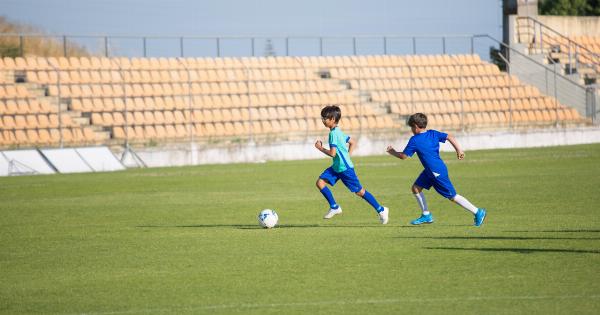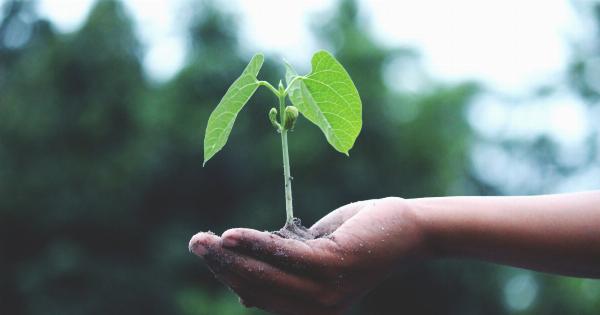Human growth and development is a complex process that begins from conception and continues until death. However, there is a limit to how much an individual can grow and what age the body stops growing.
The human body’s growth and development are commonly classified into 5 stages; infancy, childhood, adolescence, adulthood, and old age. Each stage of growth and development comes with its peculiarities, including the period of growth, physical changes, and mental development.
Infancy
Infancy is the first stage of human growth and development that typically spans from birth to twelve months.
This stage is characterized by rapid growth and development, with babies usually doubling their birth weight by the age of five months and tripling it by the end of twelve months. Lengthwise, infants grow approximately 1 inch every month for the first six months, and then the rate slows to half an inch per month for the second six months.
During infancy, the brain grows rapidly, and babies develop their senses, motor skills, and cognitive abilities. They learn to control their limbs, roll over, crawl, and eventually, walk.
Infancy is regarded as the period of supreme physical and mental growth in human development.
Childhood
Childhood is the second stage of human development, starting from one year to ten years of age. During this period, children continue to grow, develop physically and cognitively.
The rate of growth during childhood is slower than that of infancy, but it is still impressive, with the height and weight gain averaging 2 inches and 5-7 pounds every year, respectively.
During childhood, children develop their personalities and social skills. They acquire linguistic skills, learn to read, write, and solve problems.
This period of human development lays the foundation for social interactions, emotional regulation, and cognitive functioning that lasts their entire lives.
Adolescence
Adolescence is the third stage of human development, marking the transition from childhood to adulthood. This period typically spans between ten to eighteen years of age and is characterized by various physical, emotional, and social changes.
Adolescence is marked by a dramatic increase in height and weight, with some individuals growing as much as four inches in a year.
During adolescence, individuals experience significant hormonal changes that contribute to physical and emotional changes, including the development of sexual characteristics, deepening of the voice, and growth of body hair.
Adolescents strive to establish their identity and independence and develop close relationships with peers. It is a period of learning to take responsibility for one’s actions, creating plans for the future, and exploring one’s interests.
Adulthood
Adulthood is the fourth stage of human development, beginning at the age of eighteen and lasting until old age. Physical growth and development tend to stabilize during adulthood, with individuals reaching their peak physical fitness and strength.
However, there are still changes that occur in adulthood, such as gaining weight and losing height due to bone density loss and aging.
During adulthood, individuals establish careers, form relationships, and build families. It is a period of personal growth and maturity, and individuals continue to develop emotionally and cognitively.
People often experience changes in their perspective and identify shifts in their priorities and values.
Old Age
Old age is the final stage of human development, starting at around 65 years and beyond. It is characterized by physical, mental, and social changes.
During old age, most physical changes are degenerative, and the body becomes vulnerable to illnesses and diseases. Individuals typically experience a loss of muscle mass, a decrease in bone density, and a decline in organ functions.
Despite these physical changes, individuals can still develop and grow mentally and socially. They can continue to learn, engage in meaningful activities, form new relationships, and contribute to society.
It is a period of reflection on life, and many individuals find peace and acceptance with the experiences of their past life.
When Does Human Growth Stop?
Human growth and development stop once an individual reaches adulthood. The age at which this occurs can vary from person to person, with some people experiencing growth into their twenties.
However, once an individual reaches their mid-twenties, most physical growth and development cease, and the body begins to age unintentionally.
The reason for the cessation of physical growth in humans is due to the closure of growth plates at the end of long bones. These growth plates are made of cartilage and are responsible for bone elongation during infancy and childhood.
Once the growth plates close, the bones stop growing in length, and all other structures and organs in the body also reach their maximum size and shape.
Conclusion
Human growth and development are a complex and continuous process that occurs throughout our lives.
While there are distinct stages of human development, from infancy to old age, the body stops growing once an individual reaches adulthood, and all structures and organs reach their maximum size and shape. The cessation of physical growth is due to the closure of growth plates at the end of long bones in the human body.





























